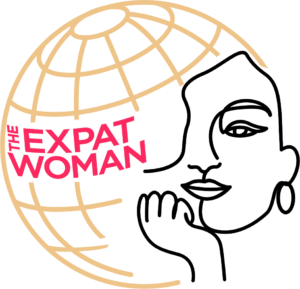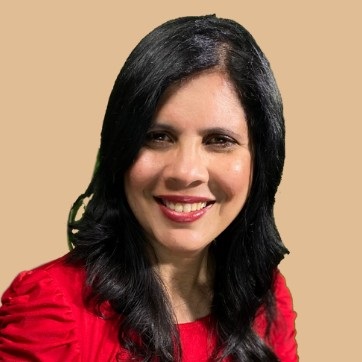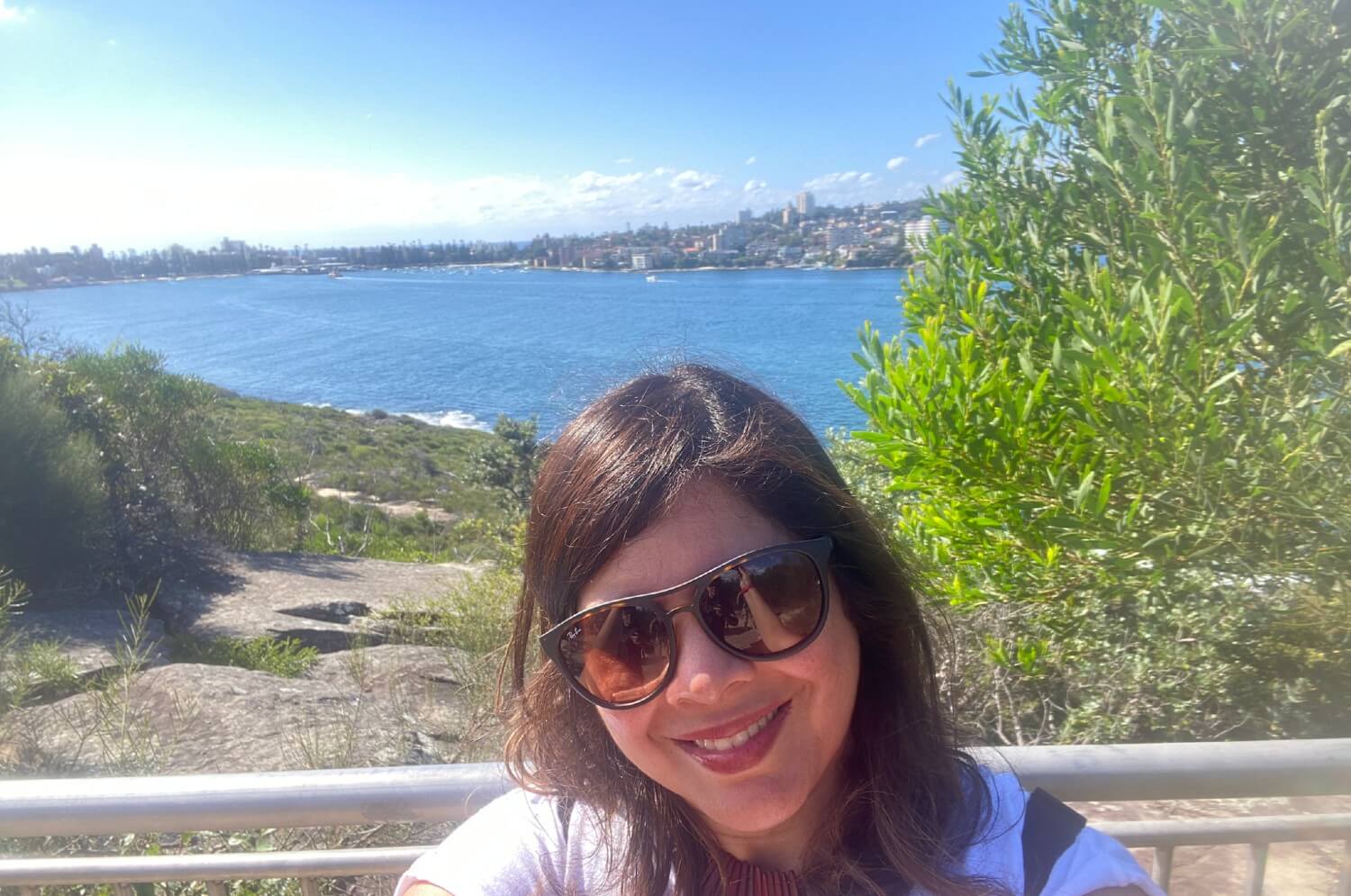
I traveled to Australia for the first time in April 2024. I didn’t have time to do much research or read up about the country.
I did ask ChatGPT for some help with tips, but it was more like an experiment and really learned more when I was there.
I am writing this blog post to make it easier for you if you plan to travel to Sydney for a vacation, on work or to move there.
1. Weather and Seasons:
I traveled to Sydney in April and the weather was quite lovely for the most part and we just had a few rain showers.
Australia has four seasons but they are the opposite of those in the Northern Hemisphere, so if it’s summer up there, it’s winter down here.
I traveled to Sydney during Autumn which is March to May, which along with Spring is supposed to be the best time to travel. It rains in Autumn but I was lucky to only have one day of heavy rain while I was there.

Sydney experiences mild winters (June to August) and warm summers (December to February). However, the weather can be quite unpredictable, so it’s advisable to pack for varied conditions.
2. Transportation:
Sydney has an extensive public transportation network, including trains, buses, ferries, and light rail and traveling on any of these is quite hassle free.
You can either use the Opal card, which is a reloadable plastic card that riders can transfer money onto online, at select retailers or at Opal train station vending machines or your credit card to pay across all modes of public transport.
All you need to do is tap on or off with your Opal card or credit card when you board or exit whatever type of public transport you are using. If you forget to tap off, you’ll be charged the highest possible amount for your trip.

Since I was there for only a week, I decided to use my credit card for public transport instead of the Opal card and it was so easy.
There are also taxis and ride shares like Uber, Did and Ola. I used Uber on several occasions and was impressed with how friendly and helpful the drivers were. I got history lessons on Sydney and Australia, suggestions on where and what to visit etc
3. Cost of Living:
I found the prices of dining out, groceries and clothes similar to San Francisco Bay Area areas, which is expensive. Even though the US dollar is stronger than the Australian dollar.
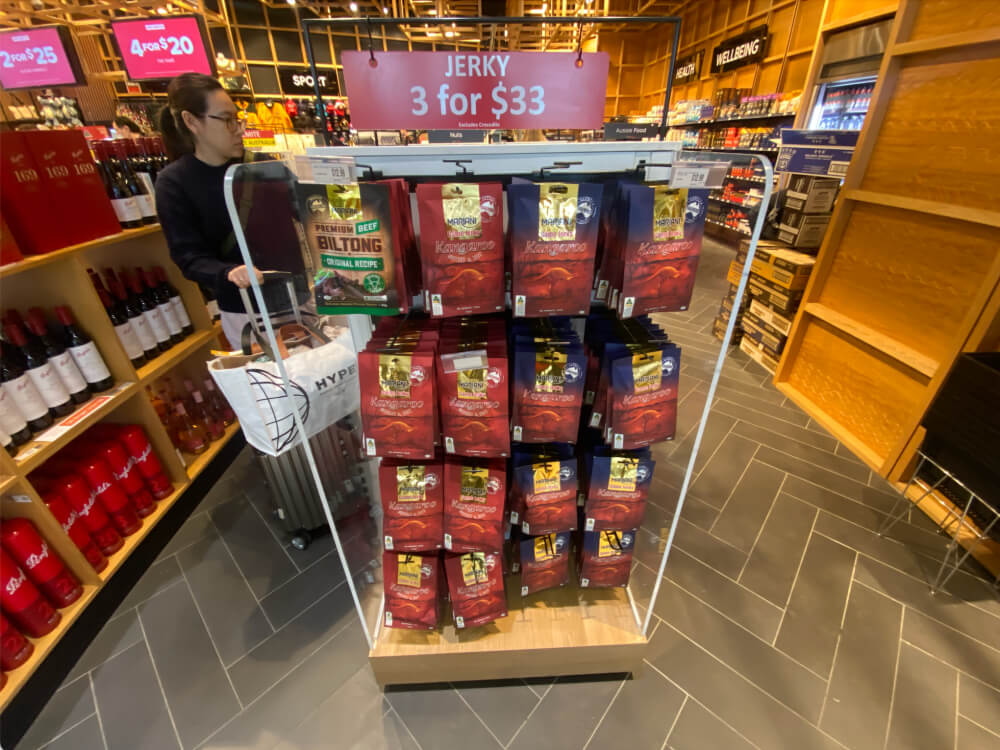
Sydney has been ranked as the world’s 10th most expensive city, according to the latest Economist Intelligence Unit (EIU) report. No surprise there.
Staying in an Airbnb helped as I could cook some of my meals instead of constantly eating out.
4. Tipping Culture
Tipping in Sydney and in the rest of Australia is voluntary and not expected like in countries like the US. I learned it’s because Australia has one of the highest minimum wages in the world.
I did give small tips to the Uber drivers and at the restaurants I ate at. But nowhere compared to the 20 to 25% tips in the US.
5. Closing Times
Most shops, cafes, besides supermarkets, restaurants and Kmart, close at 4pm or 5pm, except on Thursdays and Fridays where they normally close 8–9pm.

I wasn’t aware of this and was disappointed the first time I decided to go shopping. So shop during the day.
6. Customs
Australia has strict requirements on the food, plant materials or animal products that can enter or leave the country.
Food, including fruits and vegetables, meat and eggs, is not permitted. You are also prohibited from bringing in plants, seeds, skins and feathers
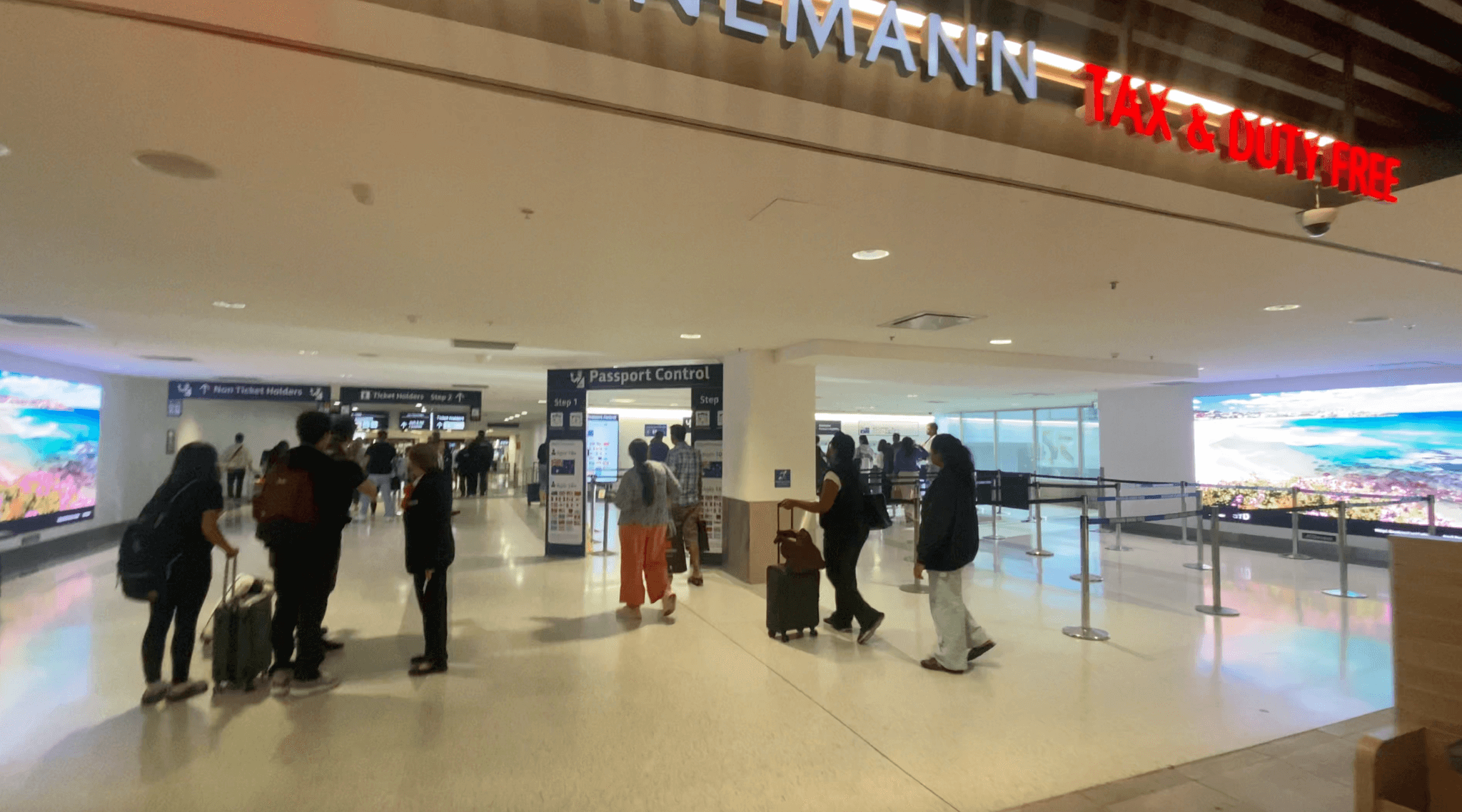
You can bring in medicines for personal use, but there are restrictions. It’s best to have a letter from your doctor stating what medicines you are taking and what your medical conditions are.
7. Wifi
WiFi is available in most hotels, cafes, restaurants, on some ferries, and public libraries. I didn’t see it available on trains or buses.
I stayed at an Airbnb which had wifi. However when I was out and about I used the eSim from Airalo for Australia.It was easy and cheaper then using our regular service provider overseas.All you need to do is download a data plan, install the eSIM on your device, and connect to a mobile network upon arrival.
8. Travel App
There are several options but I used the Opal Travel app for managing my travel across the public transport network in Sydney and surrounding regions.
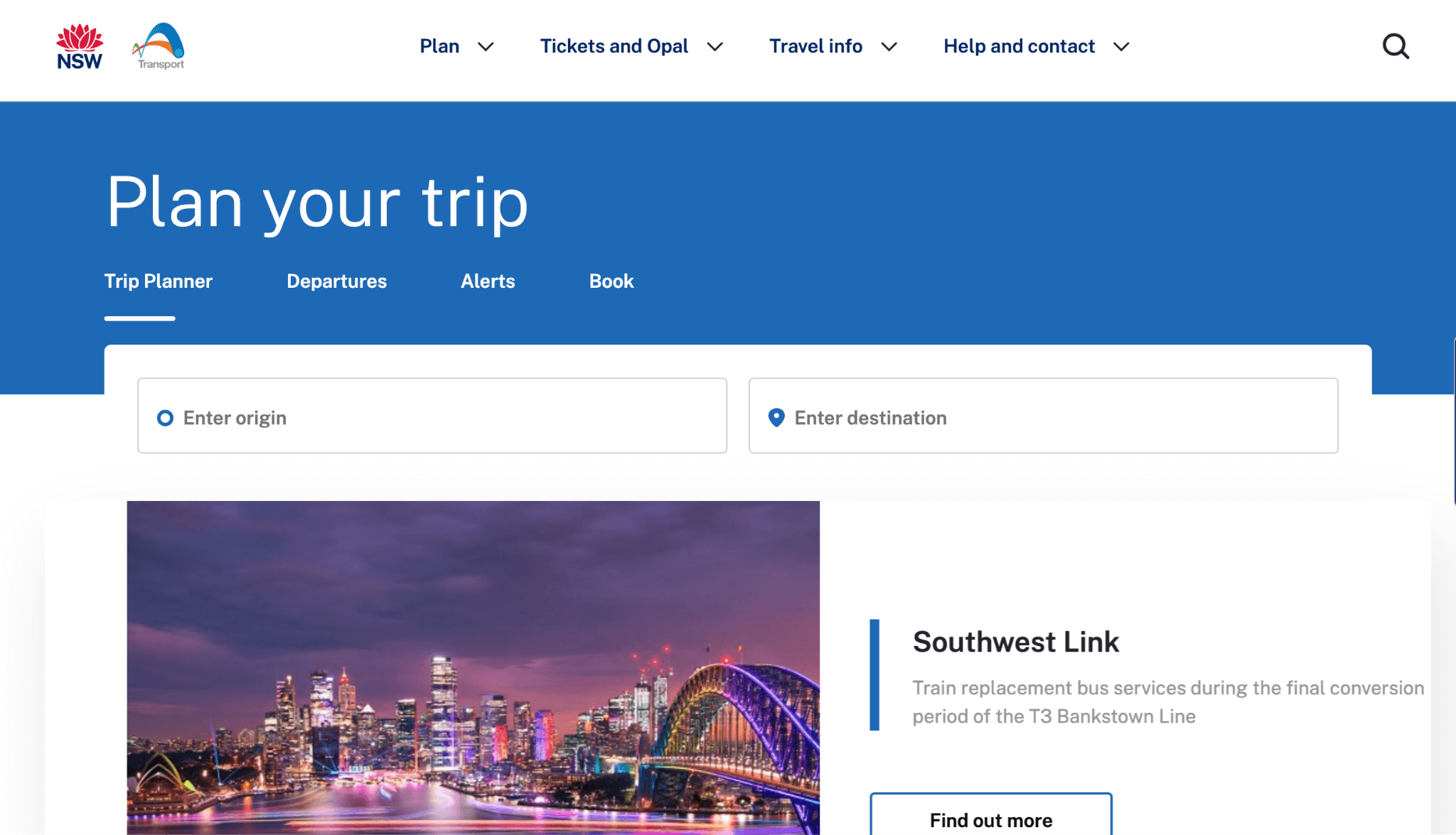
You can use the app to plan trips,get personalized alerts, check service capacity and the best one is know when your stop is coming up because not all public transport announces the stops in advance and if they do, sometimes it’s hard to follow what is being said because of the noise or the accent.
9. Emergency
In an emergency dial 000 (triple zero) to contact police, fire and rescue or ambulance. The call is free of charge from any phone or mobile.
If you need to report a crime that is not an emergency, dial 131 444 for the Police Assistance Line.
10. Beaches
Sydney has over 100 beaches but not all beaches have life guards or may be safe to swim in. Dangers include rip currents, big waves, shallow sandbanks and marine animals

I was unaware of the red and yellow flags till I went to one of the beaches the first time and saw a sign that said people should only swim between the red and yellow flags which indicates the safe places to swim and has lifeguard supervision.
If you are planning to go swimming in Sydney, check out this Beachsafe website or app to find the closest patrolled beach.
